According to the Vietnam Space Center (Vietnam Academy of Science and Technology), the Prime Minister has issued the Strategy for the Development and Application of Space Science and Technology to 2030. The general goal of the strategy is to widely apply achievements of space science and technology; focus on key areas related to national defense, security, resource and environmental management, monitoring and supporting the reduction of damage caused by natural disasters, providing diverse services to the people; enhancing the country's scientific and technological potential, contributing to ensuring independence, sovereignty , unity, territorial integrity, promoting all aspects of socio-economic development and ensuring other national interests. To achieve the above goal, it is necessary to prepare a team of experts to conduct surveys and related research to gradually develop and implement this task.
Mr. Pham Anh Tuan, General Director of Vietnam Space Center (VNSC), said that recently, VNSC has coordinated with Japanese consulting groups, ministries, sectors, universities, research institutes, and enterprises to survey the demand for satellite image data, satellite data exploitation capacity, as well as the ability and demand to participate in the satellite development process in Vietnam.
According to Associate Professor Dr. Pham Anh Tuan, the process of manufacturing Vietnam's small satellites began in 2007 with the PicoDragon satellite and was manufactured entirely domestically. At that time, most satellite devices had to be developed by ourselves, and the functions of the satellites were also very simple. After many years of research and manufacturing, with the help of the Japan Aerospace Exploration Agency (JAXA), Vietnamese engineers successfully manufactured the first "made in Vietnam" microsatellite. On November 19, 2013, PicoDragon, weighing 1kg, was successfully launched into orbit from the International Space Station. After that, VNSC Ground Station and other places around the world also successfully recorded communication signals. This is an important milestone, marking PicoDragon as the first satellite developed by Vietnam to operate successfully in space.
After the PicoDragon satellite, VNSC manufactured the 50kg MicroDragon satellite in Japan. Here, 36 VNSC engineers were sent to 5 leading universities in Japan to attend a master's course in space technology, and participated in the design, manufacture, and testing of the MicroDragon satellite under the direct guidance of Japanese professors. The MicroDragon satellite was launched into orbit by an Epsilon 4 rocket on January 18, 2019 at the Uchinoura launch site (Japan) and successfully connected to the ground station.
Following the MicroDragon satellite, since 2017, VNSC has researched and developed a 3U Cubesat nano-class satellite called NanoDragon weighing about 4kg. The entire process of research, design, manufacturing, integration, and testing of satellite functions was carried out entirely in Vietnam by VNSC researchers. The NanoDragon satellite was designed to test the technology, quality of the control system, and satellite attitude determination. On November 9, 2021, the NanoDragon satellite was successfully launched into space.
With the successful manufacture of the above satellites, it can be affirmed that Vietnam can completely master the technology in the future.
However, the General Director of the Vietnam Space Center also said that it is difficult for Vietnam to research all fields related to space science and technology and master the technology to manufacture all types of satellites, because we approached this field later than other countries in the world, our economic potential as well as our level of science and technology are still limited...
Therefore, to develop space technology, according to Associate Professor Dr. Pham Anh Tuan, there needs to be a special management mechanism for investment projects in space technology research and development with very high risks and adventures such as satellite manufacturing... Long-term and large-scale investment to realize the process of mastering technology and manufacturing "made in Vietnam" satellites, moving towards developing and perfecting the national Earth observation system using satellites.
In addition, there should be special incentive mechanisms for staff in the field of space technology, especially in research, manufacturing and production of satellites... Vietnam also needs to soon join the United Nations conventions on the use of outer space for peaceful purposes, which is as important as Vietnam's participation in the United Nations Convention on the Law of the Sea.
Vietnam also needs to identify outer space as one of the five spaces (land, air, sea, cyberspace and outer space) that we need to master to protect national interests. Building a long-term space development strategy with focused investment, creating a premise for sustainable development of Vietnam's space industry.
According to Japanese experts, the trend of satellite clusters is taking place globally, and the development of satellites and the utilization of satellite data in clusters should be promoted. Vietnam is in a favorable position to expand applications from new satellite technologies to the ASEAN and Asia-Pacific regions. Therefore, the best combination of Vietnam's ground infrastructure and satellites with technology and services from other developed countries is extremely important./.
Source


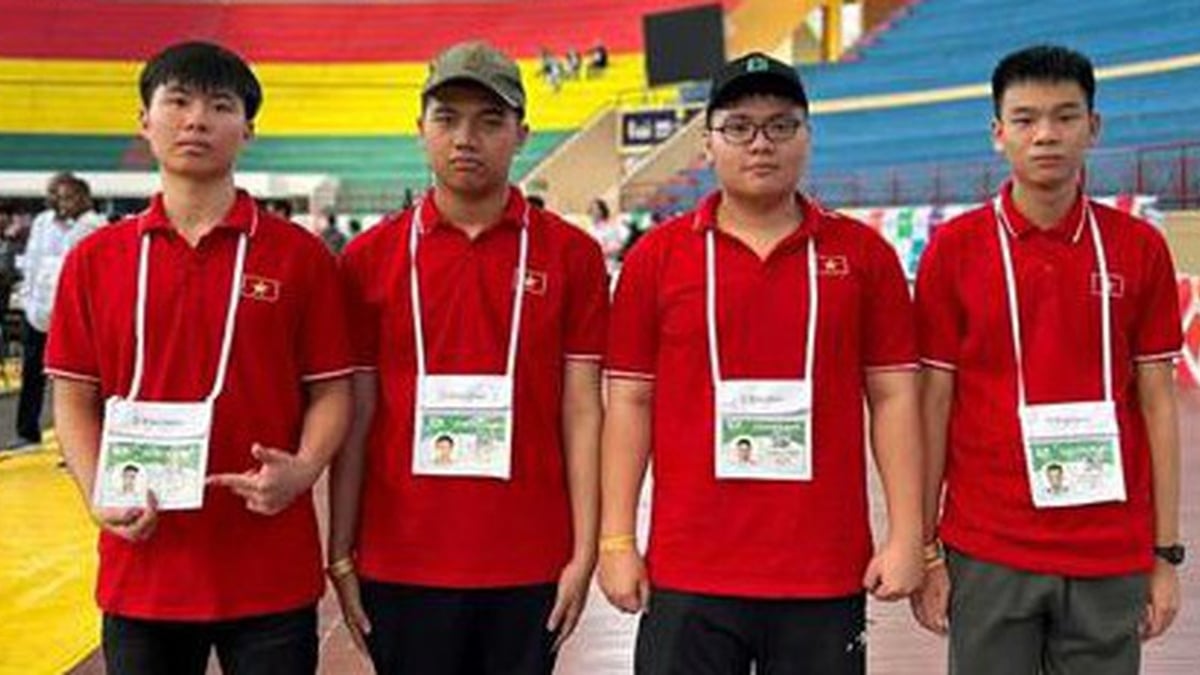

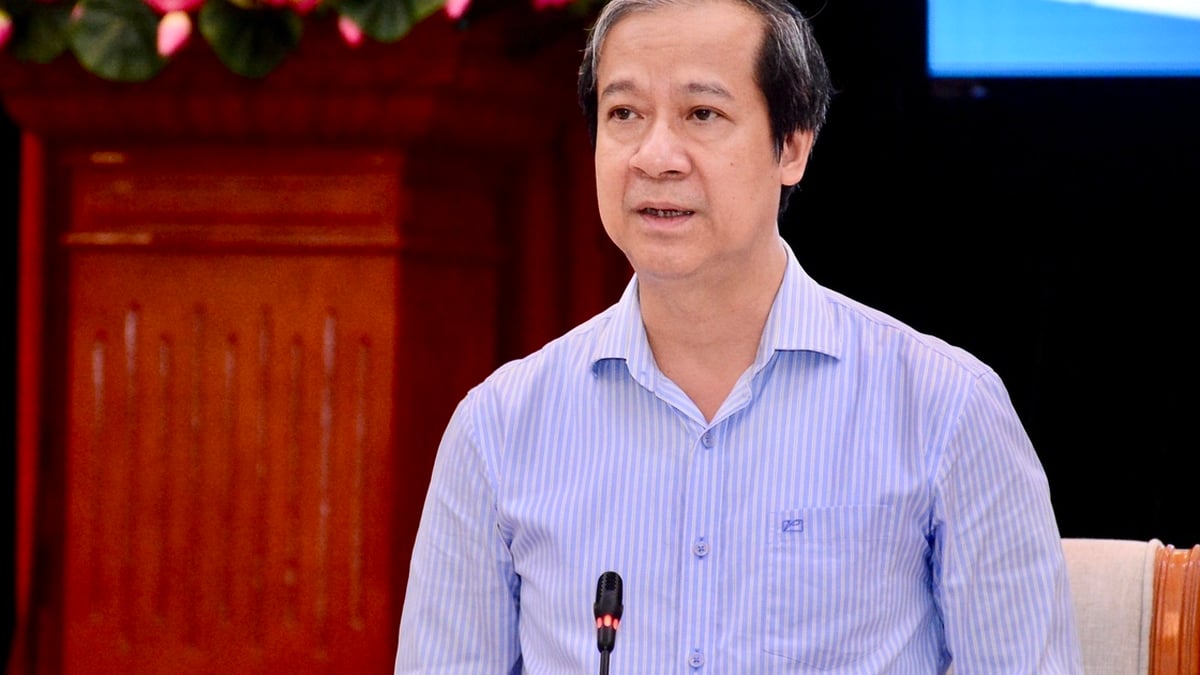
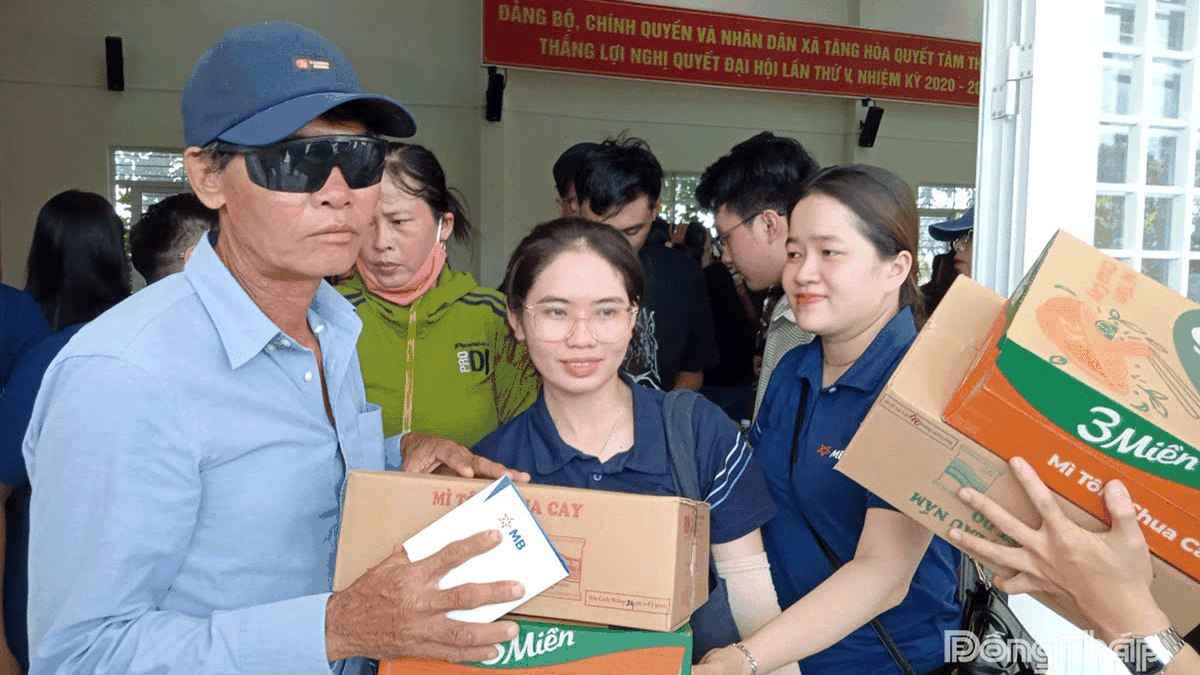

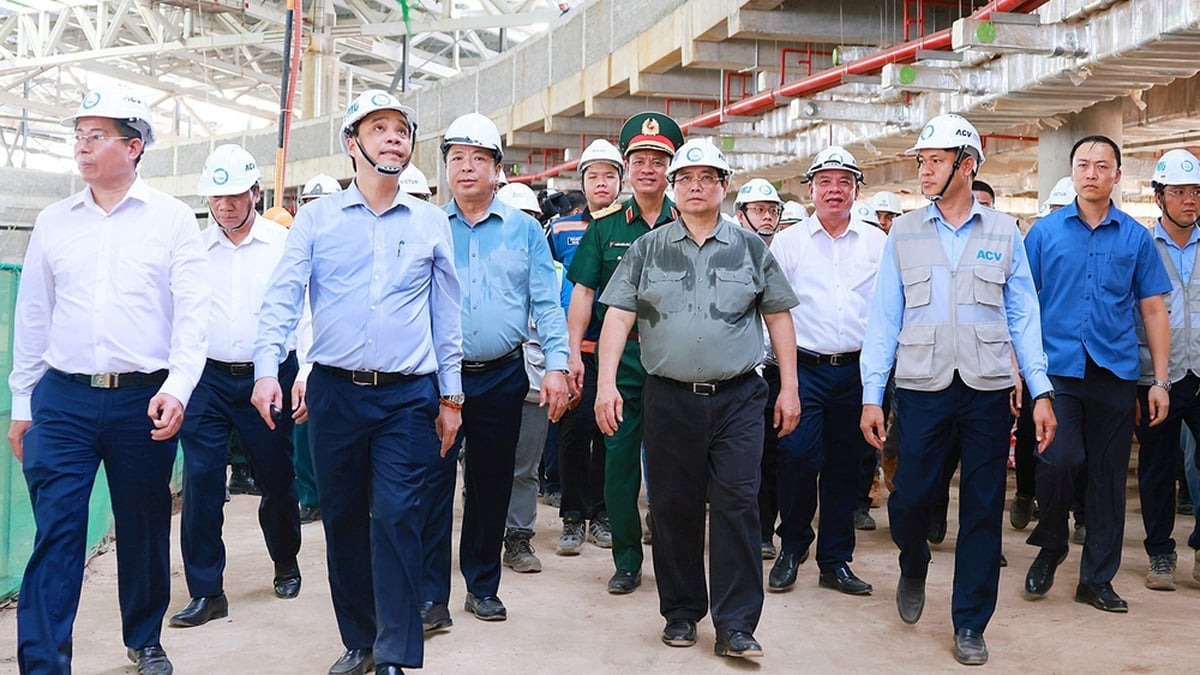

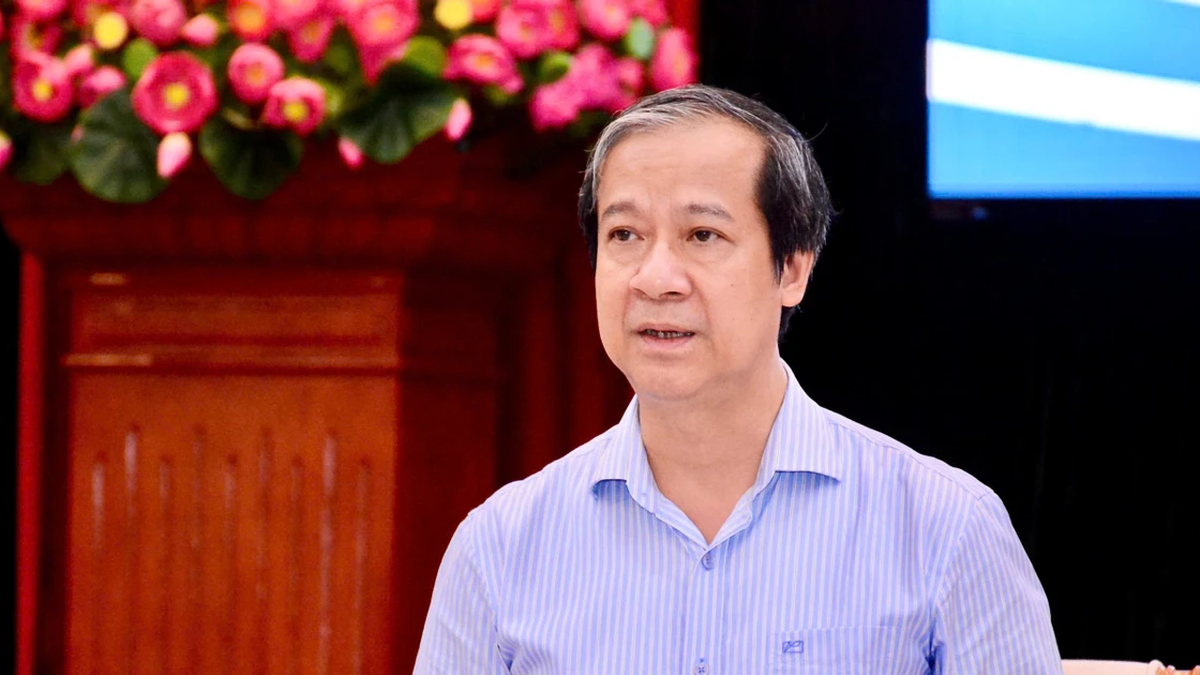

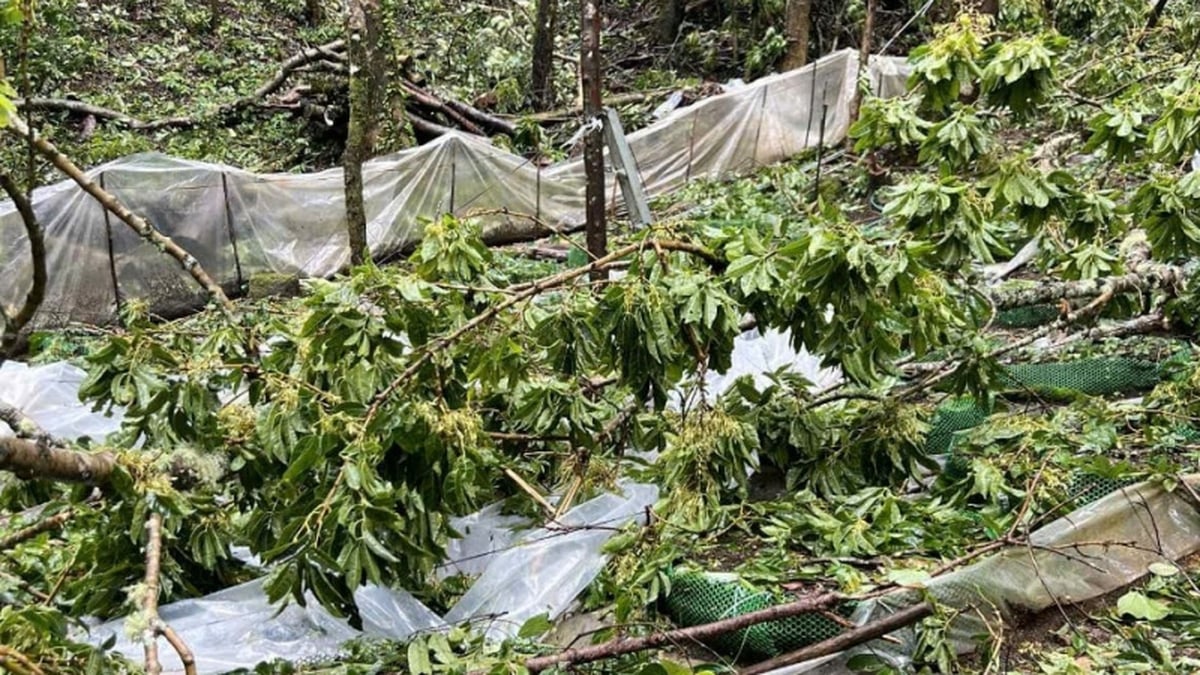























































































Comment (0)